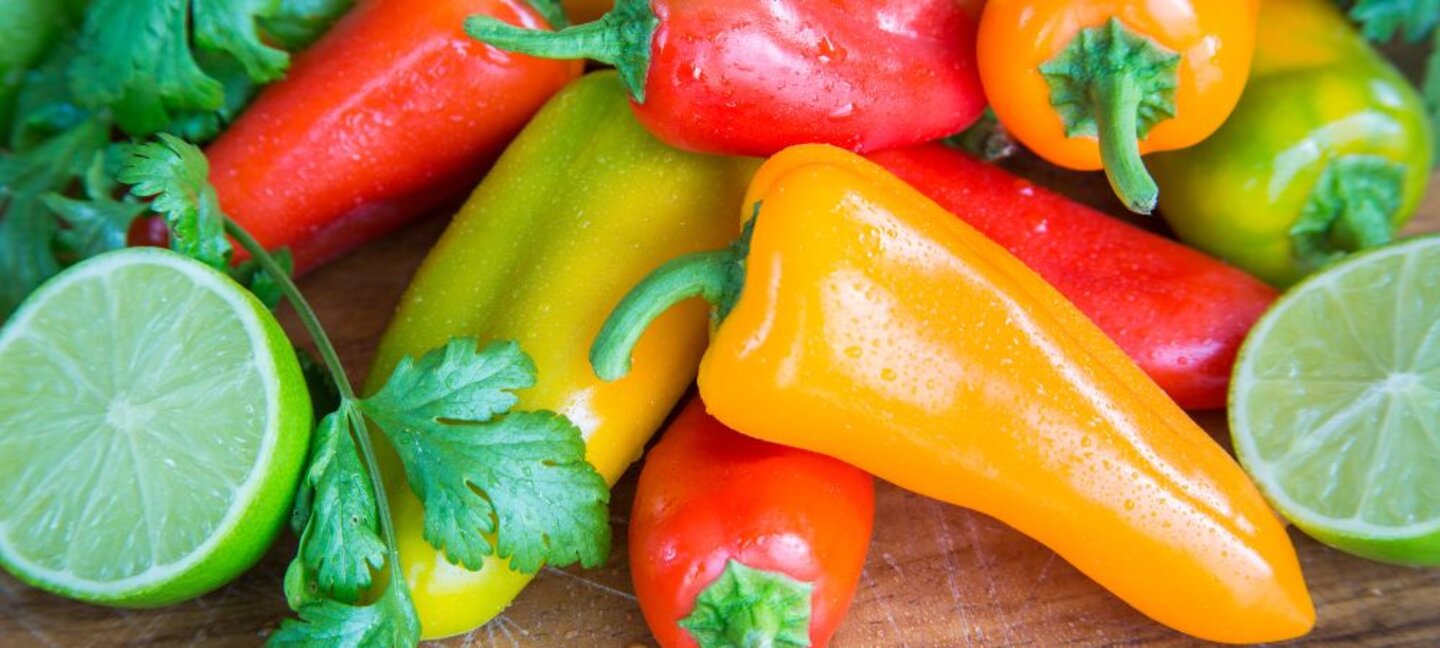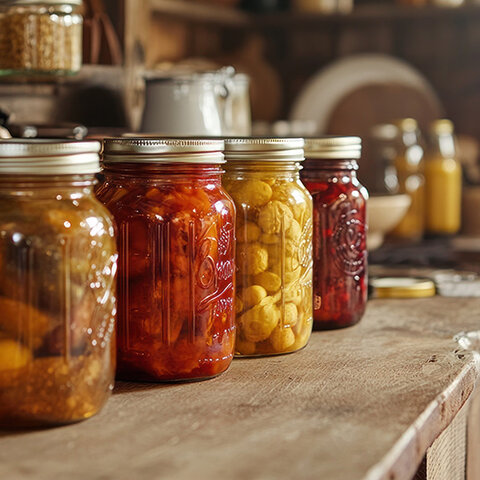
Fruits and vegetables are an important part of a healthy eating plan. Local grocery stores and farmers markets carry an amazing variety of fresh fruits and vegetables that are both nutritious and delicious. Harmful bacteria that may be in the soil or water where produce grows may come in contact with the fruits and vegetables and contaminate them. Or fresh produce may become contaminated after it is harvested, during preparation or storage. Here are some important tips to help protect yourself and your family from illness:
Buying Fresh Produce
- Purchase produce that is not bruised or damaged and is free of mold.
- Keep fresh produce separate while shopping. Keep fresh fruits and vegetables separate from meat, poultry, and seafood products in your cart and when bagging them to take home from the market.
- Many precut, bagged, or packaged produce items like lettuce are pre-washed and ready to eat. You can use these products without further washing.
Storing Fresh Produce
- Certain perishable fresh fruits and vegetables (like strawberries, lettuce, and mushrooms) are best maintained by storing them in a clean refrigerator at a temperature of 40 °F or below. Others such as potatoes and onions keep best at room temperature. Check USDA’s FoodKeeper app for storage information on many different types of fruits and vegetables.
- All produce that is purchased pre-cut or peeled should be refrigerated to maintain both quality and safety.
Preparing Fresh Produce
- When preparing any fresh produce, begin with clean hands. Wash your hands with water and soap before and after preparation.
- Cut away any damaged or bruised areas on fruits and vegetables before preparing and/or eating.
- All produce should be thoroughly washed under running water before eating. This includes produce grown at home, or produce that is purchased from a grocery store or farmer’s market.
- Wash fruits and vegetables under running water just before eating, cutting, or cooking, not before you store them.
- Even if you don't plan to eat the skin, wash all produce such as melons, oranges, and bananas before you peel or cut them.
- Refrigerate fresh produce within 2 hours of peeling or cutting.
- Do not use soap, detergent, bleach solutions or other disinfecting products on fruits and vegetables. These products can be absorbed by the produce and make you sick. Produce washes may be used, but are not necessary for safety.
- Scrub firm produce like melons, potatoes, carrots and cucumbers with a clean vegetable brush.
- Drying produce with a clean cloth towel or paper towel may further reduce bacteria that may be present.
Separate for Safety
- Keep fruits and vegetables that will be eaten raw separate from other foods such as raw meat, poultry, or seafood– and from kitchen utensils used for those products.
- If possible, use one cutting board for fresh produce and a separate one for raw meat, poultry, and seafood.
- Wash cutting boards, dishes, utensils and counter tops with hot water and soap between preparation of raw meat, poultry and seafood products and the preparation of produce that will not be cooked.
Sources:
Fruit and Vegetable Safety, Foodsafety.gov
Selecting and Serving Produce Safely, United States Food and Drug Administration (FDA)
Patton, P., Larvick, C., Albrecht, J. A. (2008). Food Safety for Families Parent Newsletter: Produce Safety. University of Nebraska-Lincoln Extension. Developed as part of the Food Safety for Families with Young Children Project, USDA‐CSREES Project 2008‐51110‐19237.
This article has been peer-reviewed. It was updated in 2022.
Tags:







